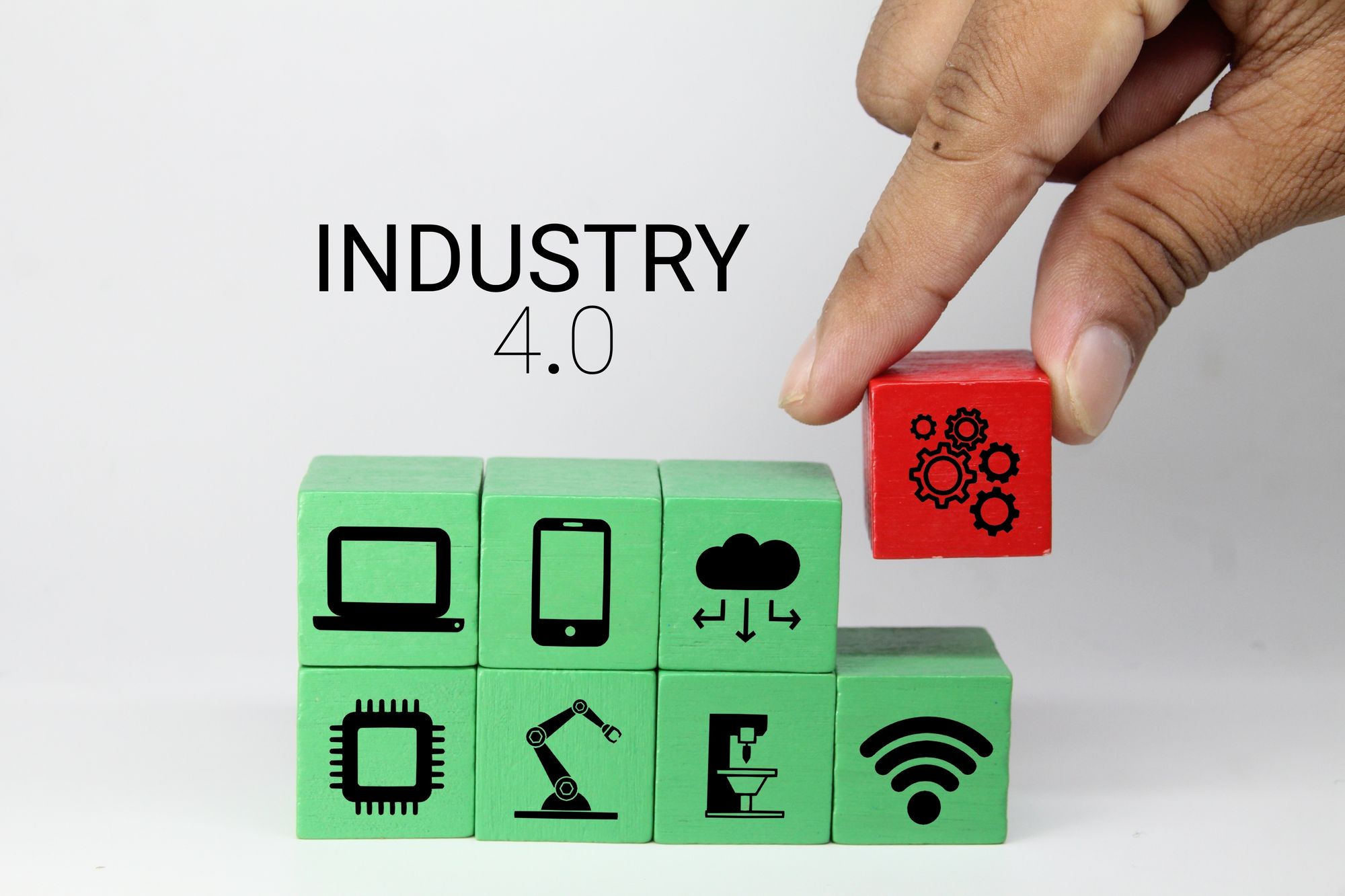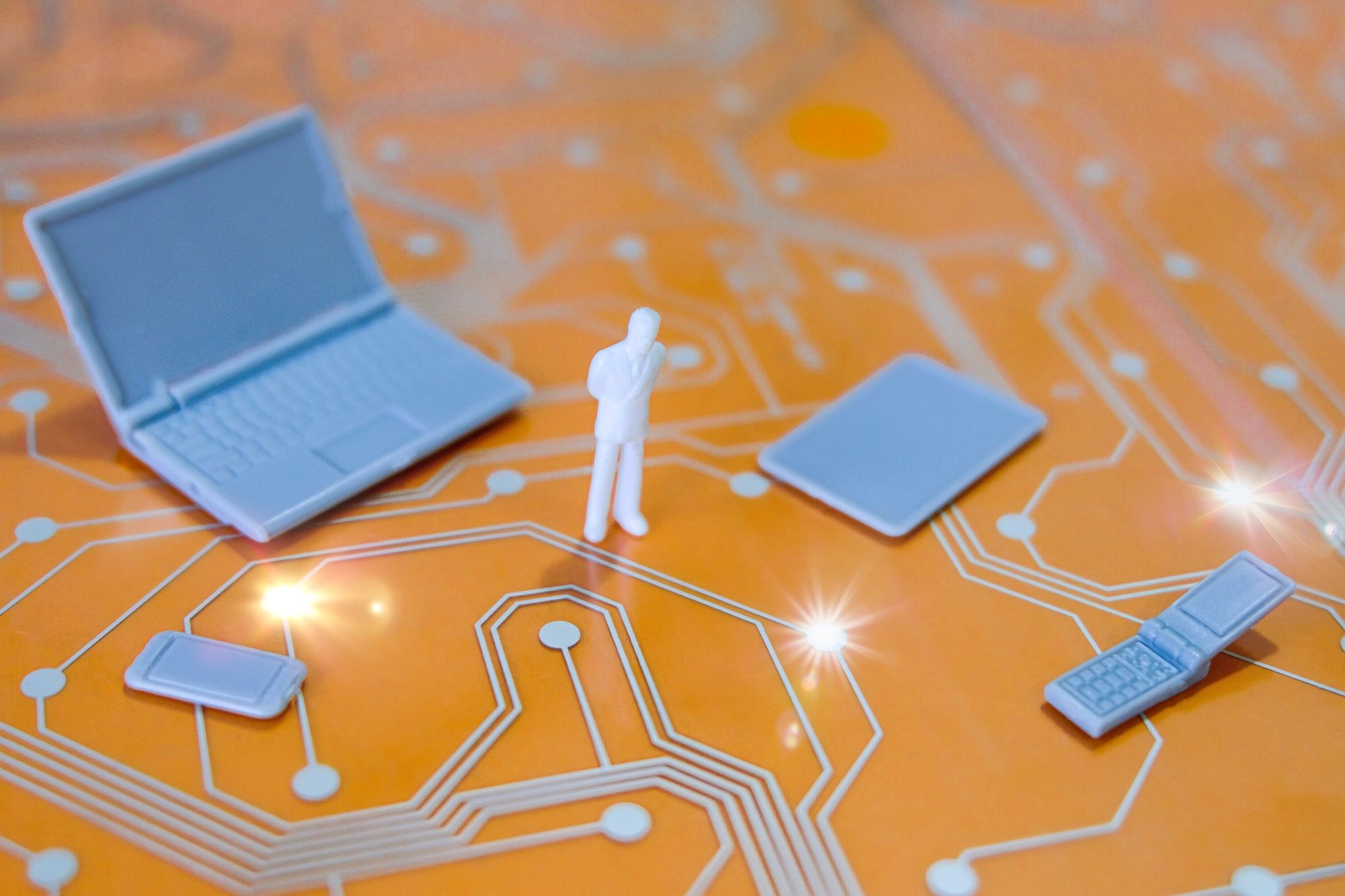Industry 4.0: the fourth industrial revolution and its technologies.

The first industrial revolution was a radical change in the history of humanity and defined the path of automation at a time when life as we know it seemed more like a story of science fiction than reality.
Since the 19th century, we have gone through three industrial revolutions. Each one driven by disruptive technologies that generate different feelings of uncertainty in people but that in turn come to facilitate our lives as well as speed up processes that increase our productivity to levels never seen before. The reason they were called industrial "revolutions" is that they came to completely revolutionize the way goods were produced and how work was done.
Today, in the 21st century, we are experiencing the fourth industrial revolution called "Industry 4.0" that takes the automation and computerization experienced in the third industrial revolution to new levels.
Industry 4.0
Industry 4.0 is based on the Internet of Things (IoT) and cybernetic systems, these being intelligent and autonomous systems that use computer-based algorithms to monitor and control physical things such as machinery, robots and vehicles.
In other words, Industry 4.0 is about making supply chains smart, from manufacturing to warehousing and logistics. But beyond this, Industry 4.0 interfaces with back-end systems, such as enterprise resource planning (ERP), to give businesses an unprecedented level of visibility and control. In short, Industry 4.0 is an important part of the digital transformation of any company.

Technologies 4.0
Industry 4.0 uses the following technologies:
- Vertical connection in the form of a network: Cyber-physical Systems are interconnected with each other and with workers, managers, developers, suppliers, customers and even with the product itself once it has been sold, thanks to the Internet of Things and the Internet of Services (Cloud Computing). ).
- Virtualization: The real world of the plant is captured by sensors, creating a virtual image of it, which is in turn connected to simulation models, predictive analytics applications, and decision support software. All this helped by Big Data and Business Intelligence.
- Decentralization: Decision-making is executed by cyber-physical systems, aided by predictive models and applications for decision-making and business management.
- Real-time reaction: The capture of information, its processing and the decisions made in this regard are made in real time.
- Customer orientation: Industry 4.0 architecture is designed to establish direct feedback between the user, the product and its designer.
- Modularity: In such a changing market, a smart company must adapt to the changes that occur in the market quickly and efficiently, while doing a market study and a production change can take at least a week, smart companies are prepared to adapt to change quickly and follow market trends.
- Advanced analytics: It is undoubtedly one of the most valuable parts of this industry 4.0, the ability to improve and optimize production programs and processes is a vital part of any company that wants to maintain a high level of productivity and efficiency. Advanced analyzes to make planning decisions are of vital importance in these 4.0 factories, achieving greater agility in the production chain and thus avoiding bottlenecks.
This 4th industrial revolution has brought a different approach to the techniques that seek to optimize both the costs and the productivity of a company as much as possible. There are still many challenges to ensure a smooth transition that we will see evolve over the next few years as one of the most promising developments.
If you liked this article, subscribe to our blog.
Remember that you can find us on Instagram, Facebook and Twitter as @esauriook
On LinkedIn as e•Saurio

